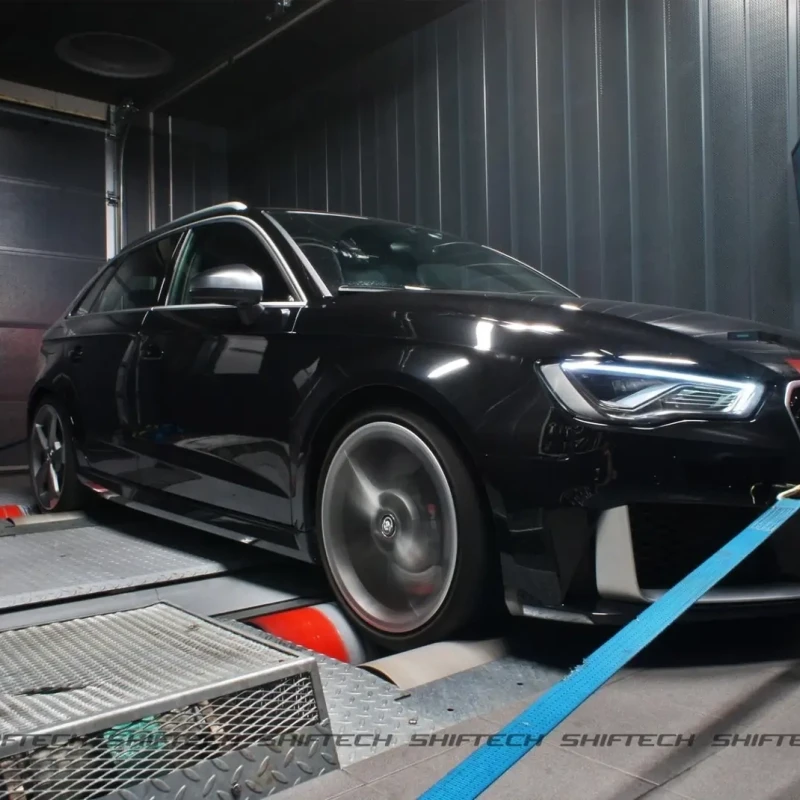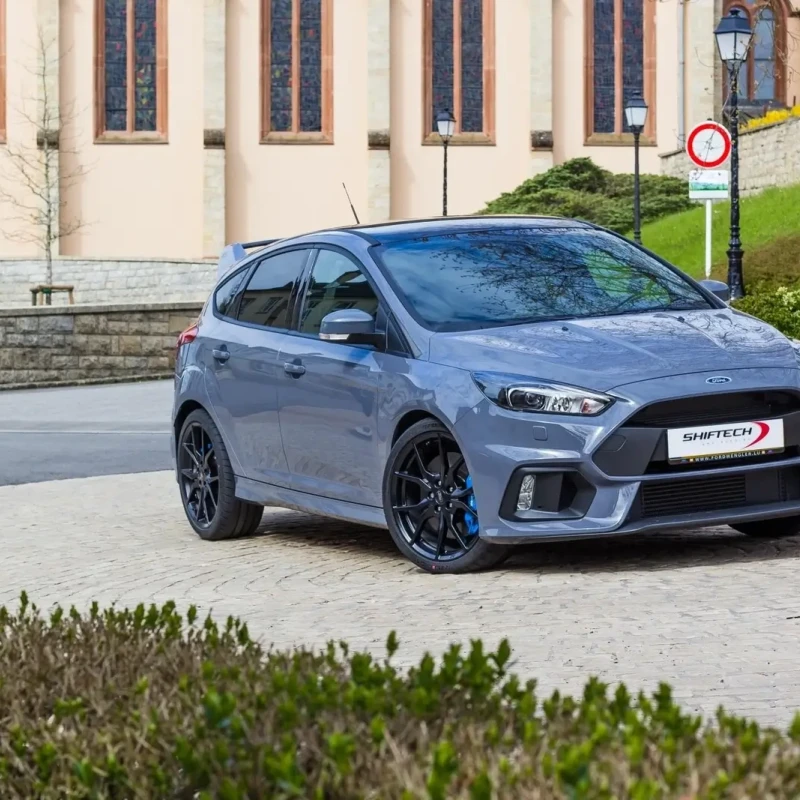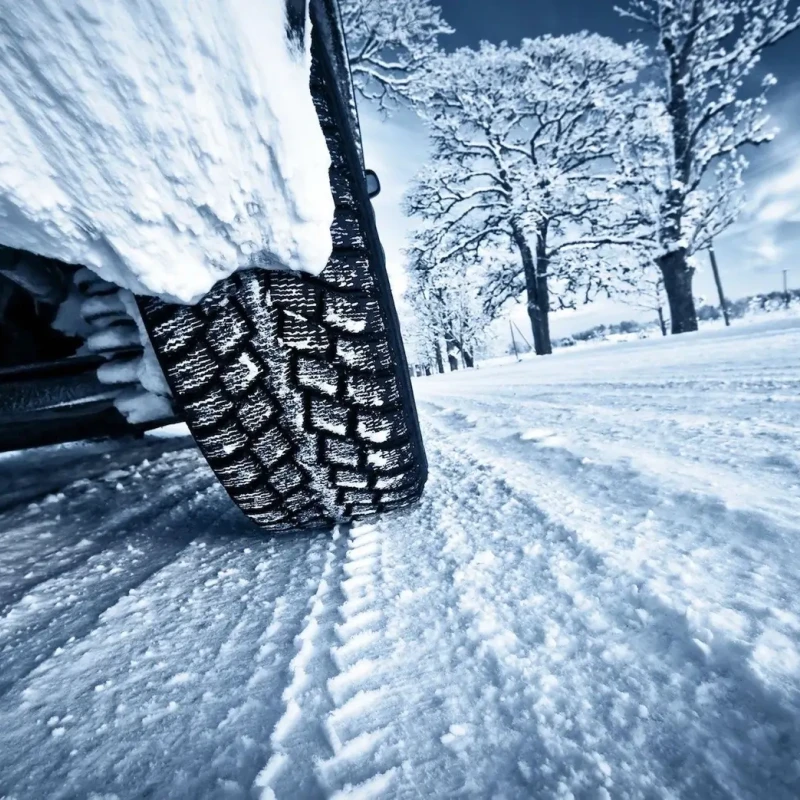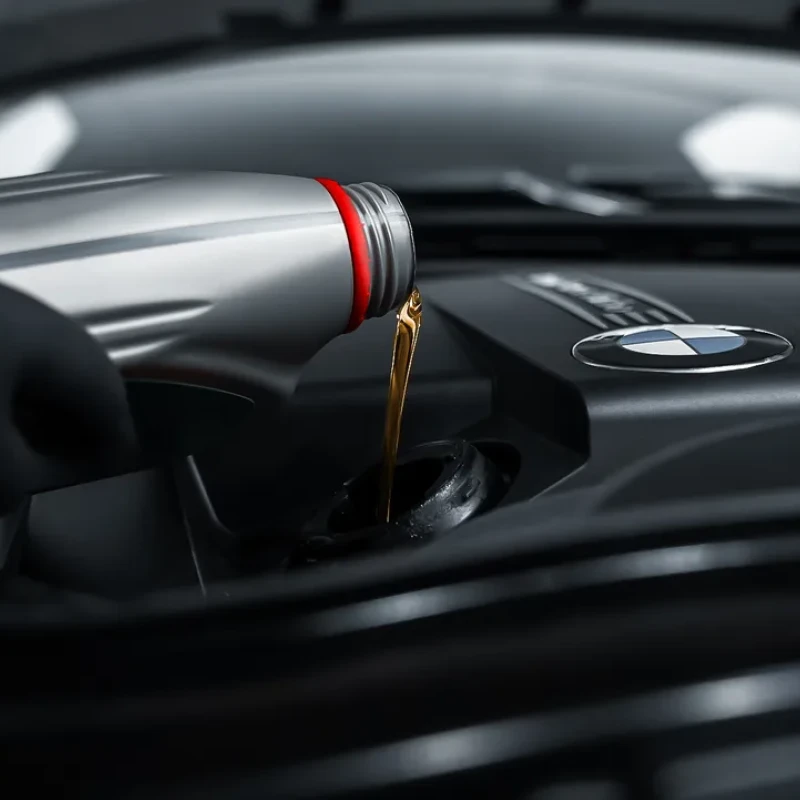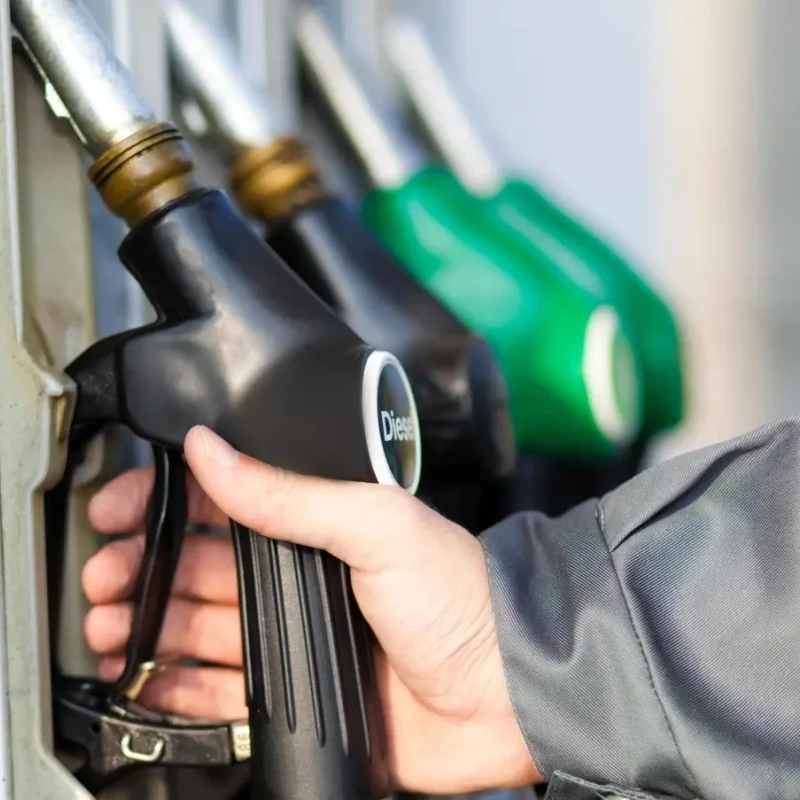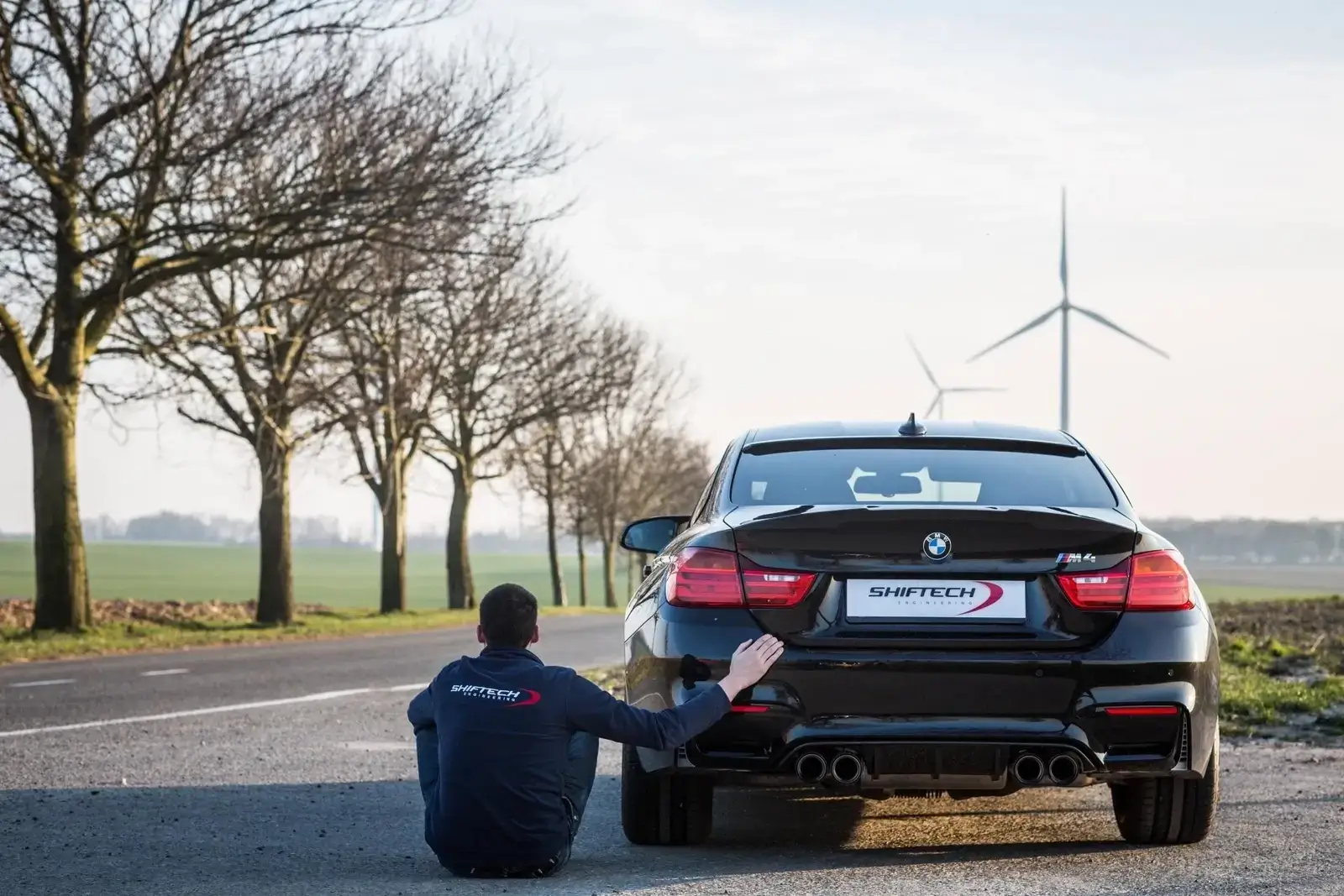
BMW M3 & M4
In January 2014, BMW presented its new M3 F80 and M4 F82 models, now powered by the twin-turbocharged in-line 6-cylinder engine that originally produced 430 bhp and 550 Nm.for purists of the brand, the replacement of the naturally-aspirated V8 was no doubt a shock.
At ShifTech, however, it heralded a real development opportunity.
As a preview, on 20 February 2015, ShifTech Engineering was already in a position to prepare the BMW M3 F80 with 513 hp and 689 Nm following an in-depth review of the engine's electronic management.
A month later, the ShifTech team turned its attention to its little sister, the M4 F82, and the results were just as surprising. After a day's development on the test bench, the power and torque of the sublime M4 were increased to 531 bhp and 701 Nm respectively.
Opinion of the engine builder in charge of preparation!
The new BMW M4 is equipped with an all-new S55 engine based on the N55 already found in the latest x35i models.
What are the major changes to this engine?
I'd almost like to say everything, because there are so many changes. The engine no longer has a twin-scroll turbo, but two single-scroll turbos. What's more, and this is the first thing that jumps out at you when you lift the bonnet, there's an air/water heat exchanger that keeps intake temperatures as low as possible. This seems to be becoming the trend, after the Audi RS6 and M5/M6, which have already used this system. This technology is now arriving on smaller engines, and all the better for it. The lower the intake temperature, the lower the risk of auto-ignition. Since BMW has decided to take the plunge and leave the melodious 4.0i V8 behind, it was important to develop a turbo engine that could be used in all countries and whose reliability would not be called into question when out on the track.
The changes also include an entirely forged block and a revised bore and stroke, bringing the displacement to 3,027 cc instead of the 2,979 cc of the N55. The new engine is capable of revs of over 7,400rpm, which is quite rare for a turbocharged engine.
In terms of engine management, we decided to deliberately limit torque to 700Nm, not only to preserve the mechanics of the excellent 7-speed DKG gearbox, but also to keep the vehicle roadworthy. The air/water intercooler does its job very well (between 30 and 40°c only), which means that it can be run several times on the power bench without overheating. The result is constant ignition and controlled pressure. Exhaust temperatures are in the region of 800°C, which leaves plenty of room for future training sessions.
On the road, the preparation results in a thrust that is both violent and linear, so much so that you always wonder if it's going to stop. It's also imperative to hold the steering wheel with both hands every time you accelerate hard, otherwise you lose control of the rear end very quickly. The M2 function, which deactivates all the driving aids, is reserved for a more than experienced audience, because with 700Nm at the rear, the M4 proves to be more oversteer than ever.
Did you know?
If we take a closer look at the BMW M4 GTS concept, the Bavarian carmaker is said to be on the verge of introducing a new water-injection system in the cylinders to further reduce the temperature in the cylinders and thus increase ignition at equal pressure. This technology is not new, but it would be a first for a production vehicle. According to BMW, this technology applied to the M4 could produce between 30 and 40 bhp.
EDIT: this information has now been confirmed, and the power of the new M4 GTS has been increased to 500bhp thanks in part to this system.
Watch our video!
Learn more
View articles
Similar
